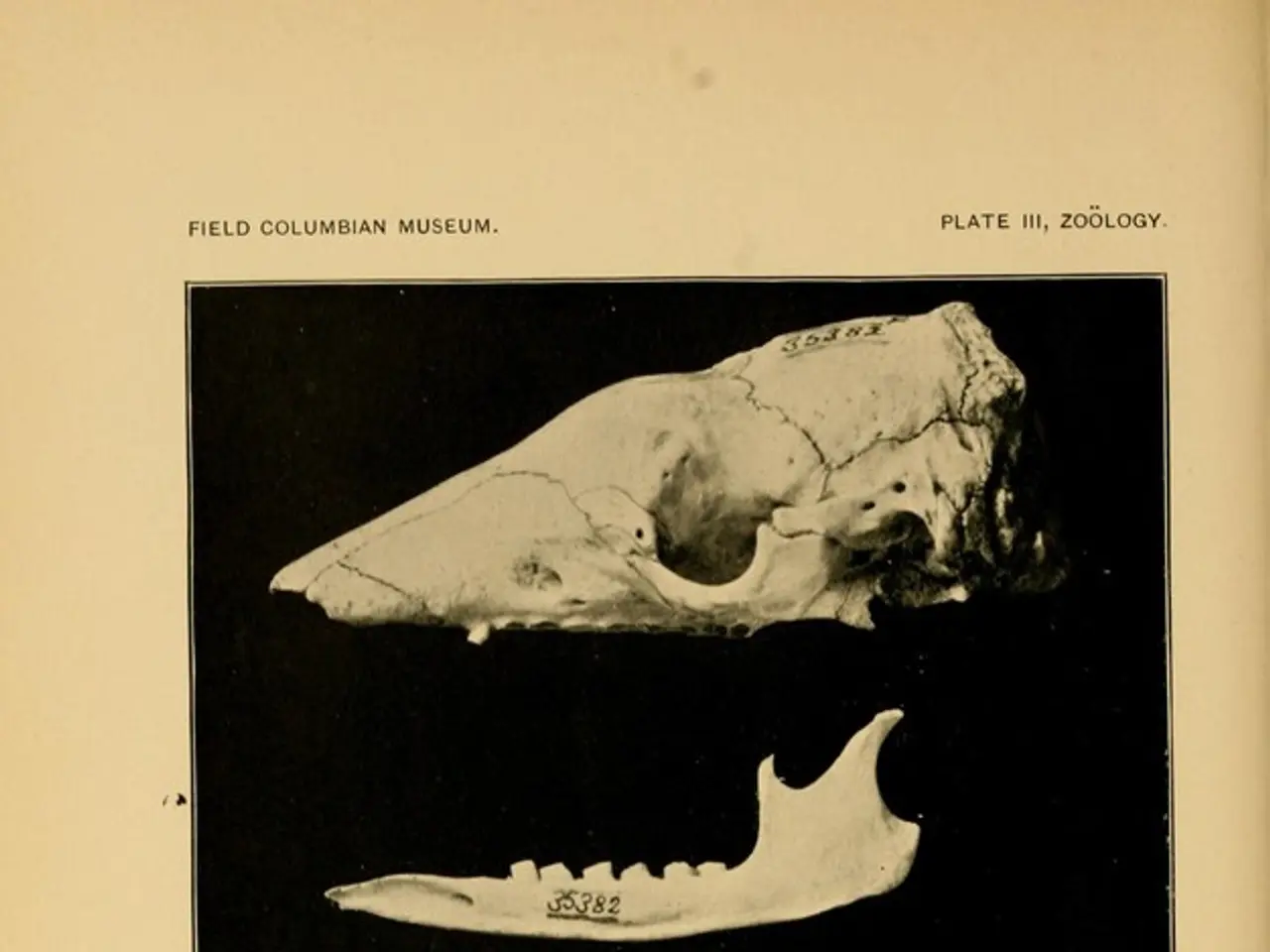Fracture Repositioning Process: Understanding the Procedure, Recovery, and Advantages
In the realm of orthopedic care, a technique known as closed reduction plays a significant role in treating broken bones. This method, which is less invasive compared to surgical treatment, involves gently realigning the fractured bones and then immobilizing them with a cast, brace, or splint.
Before the procedure, the patient is prepared, and depending on the severity of the pain, they may receive pain medications and possibly light sedation, or in some cases, general anesthetic.
The steps of a closed reduction involve several stages:
- Preparation and Anesthesia: The patient is prepared and usually given local, regional, or general anesthesia to numb the area or keep the patient asleep and pain-free during the procedure.
- Fracture Assessment: X-rays or other imaging are used to assess the fracture’s location and extent, guiding the reduction.
- Manipulation and Realignment: The healthcare provider manually manipulates the fractured bone to move the fragments into the correct anatomical position without making an incision.
- Stabilization: Once aligned, the fracture is stabilized using a splint, cast, or sometimes pins and wires are inserted percutaneously (without open surgery) to hold the bones in place temporarily.
- Post-procedure Immobilization: The area is immobilized with a splint, cast, or brace to prevent movement during healing and to maintain alignment.
- Follow-up Imaging and Care: Additional X-rays may be taken after the procedure to confirm proper alignment. The patient is monitored for healing, and further treatment may be considered if reduction is insufficient or unstable.
In more complex cases, closed reduction may be combined with minimally invasive internal fixation techniques like intramedullary nailing, where hardware is placed through small incisions after closed alignment.
Closed reduction offers benefits such as being less invasive, usually not requiring general anesthetic, having a shorter recovery time, reducing the risk of infection, improving range of motion, reducing pain, and reducing swelling. However, it carries risks such as damage to nerves, blood vessels, and soft tissues, improper bone healing, blood clots, new fractures, and redisplacement.
People are advised to contact their doctor if they experience persistent or worsening pain, new swelling or redness, tingling or numbness, inability to move the affected body part, skin discoloration near the fracture site, fever, chills, or nausea. They should also keep the cast clean and dry and should not attempt to remove it themselves.
After the procedure, an individual can often go home for recovery. During recovery, the person may need to attend follow-up appointments. Closed reduction is typically performed in an emergency department or an orthopedic clinic.
In conclusion, closed reduction provides a valuable alternative to surgical treatment with internal fixing plates for mildly displaced fractures, offering a less invasive and often quicker recovery option. However, it is essential to follow the healthcare professional's advice regarding post-procedure care and attend all follow-up appointments to ensure proper healing and avoid complications.
- The less invasive closed reduction technique in orthopedic care is used to treat bone fractures, often without the need for surgery.
- Prior to the procedure, patients may receive pain medications, sedation, or anesthesia, depending on the severity of their discomfort.
- In the process of a closed reduction, science and medical-conditions play a crucial role, as healthcare providers use imaging technologies to assess fractures and realign bones.
- After a closed reduction, therapies and treatments like immobilization with a splint or brace help promote health-and-wellness by maintaining bone alignment during healing.




